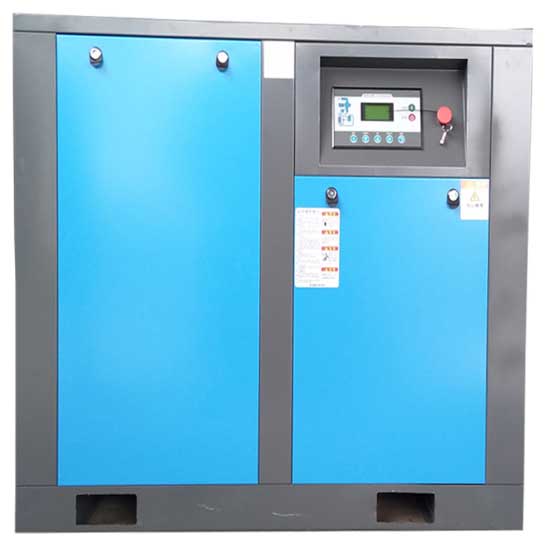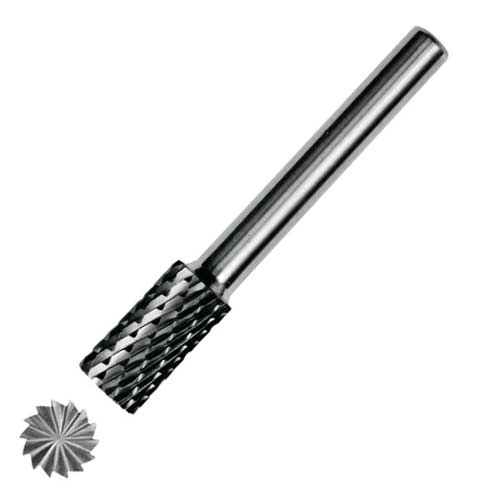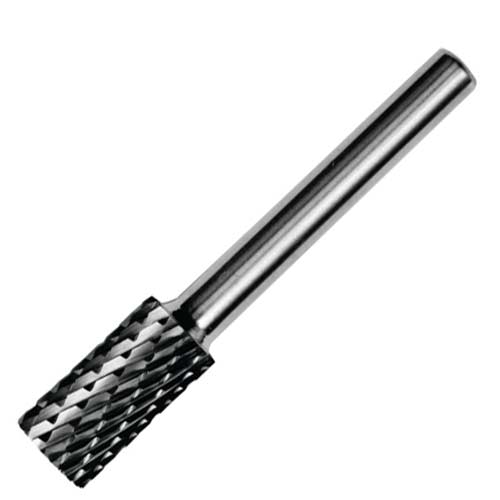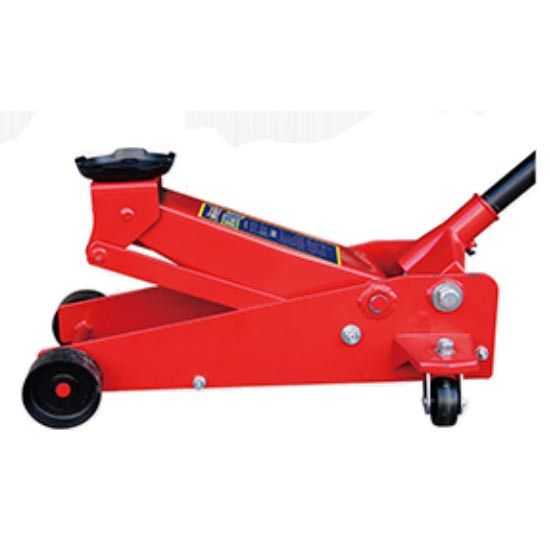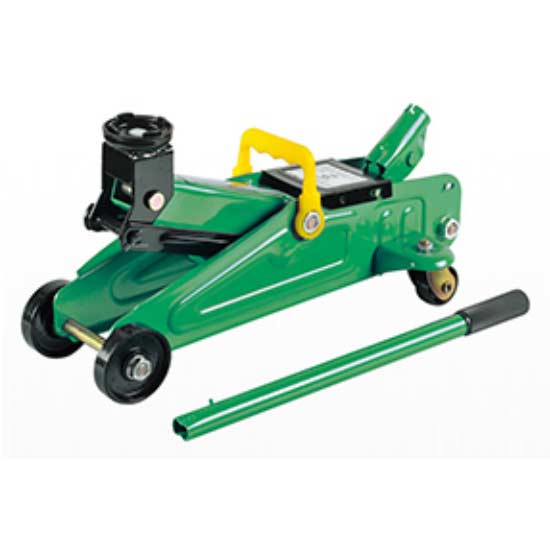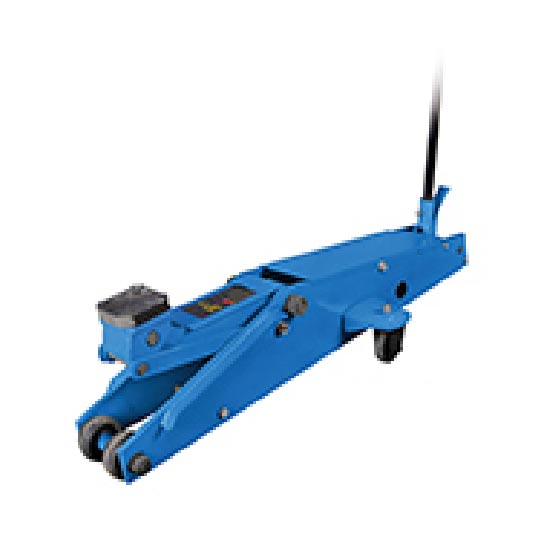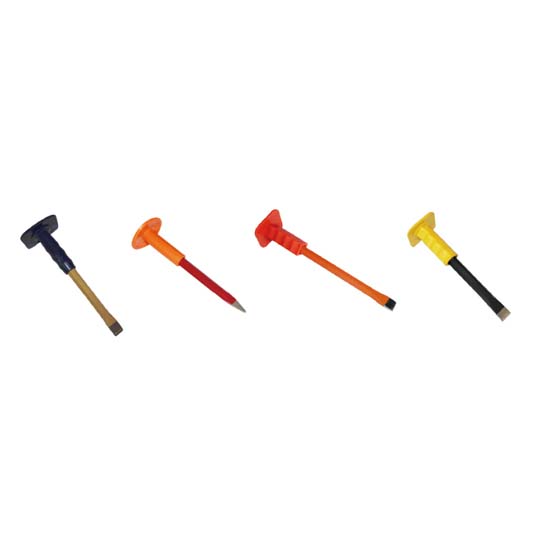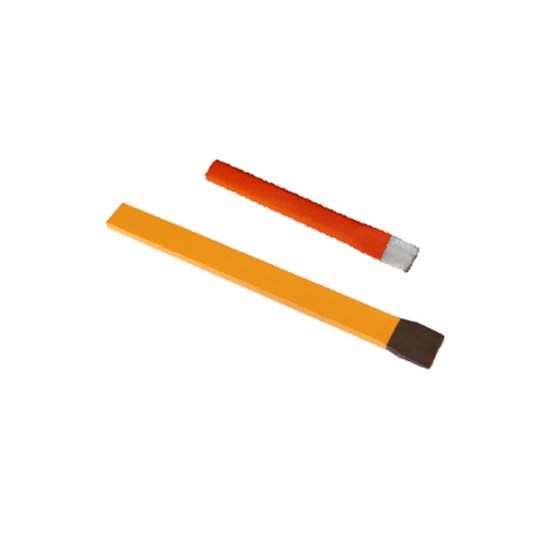A screw air compressor is a vital component in numerous industrial and commercial applications. Understanding its purpose and functionality can greatly enhance operational efficiency and productivity. This article delves into the various purposes of a screw air compressor, its advantages, and common uses.
Understanding the Basics of Screw Air Compressors
Screw air compressors utilize a pair of helical screws to compress air. This mechanical process distinguishes them from conventional piston-based compressors. As the screws rotate, air is drawn in, compressed, and subsequently discharged. This method ensures a continuous flow of high-quality compressed air, leading to enhanced efficiency.
The Main Purpose of Screw Air Compressors
The primary aim of a screw air compressor is to provide a reliable and consistent source of compressed air for various industrial uses. This includes powering pneumatic tools, material handling systems, and other machinery requiring compressed air as a pressurizing medium. The steady airflow provided by a screw compressor makes it ideal for continuous operations, which places it ahead of other compressor types in many settings.
Benefits of Using Screw Air Compressors
Several advantages make screw air compressors a popular choice in various industries:
Efficiency: Screw compressors operate at lower RPM compared to piston compressors, leading to reduced energy consumption.
Durability: They are built with robust components, allowing them to withstand demanding conditions and operate efficiently for longer periods.
Less Maintenance: With fewer moving parts, screw compressors often require less maintenance than their piston counterparts.
Noise Level: They typically operate more quietly, which is essential for maintaining a conducive working environment.
Common Applications of Screw Air Compressors
From manufacturing plants to small workshops, screw air compressors find applications across various industries:
Manufacturing: Used to operate assembly lines and power pneumatic machinery for tasks such as drilling or cutting.
Automotive: Essential in automotive repair shops for powering tools and air-driven machinery.
Construction: Used to power nail guns, air hammers, and other pneumatic tools on construction sites.
Food and Beverage: Employed in packaging and processing, ensuring that compressed air is free from contamination.
How Do Screw Air Compressors Compare to Other Types?
When comparing screw air compressors to piston and diaphragm compressors, screw models generally provide greater efficiency and lower operational costs. While piston compressors discharge air in bursts, which may cause fluctuations in pressure, screw compressors deliver a steady flow, essential for industrial applications that require constant pressure and volume. Additionally, screw compressors often feature advanced technologies that improve performance and energy efficiency.
Frequently Asked Questions
What is the average lifespan of a screw air compressor?
Are screw air compressors energy-efficient?
How loud are screw air compressors?
What sizes do screw air compressors come in?
Can screw air compressors be used in cold environments?
The average lifespan is around 10-15 years, particularly with regular maintenance.
Yes, screw compressors are known for their energy efficiency, reducing operational costs significantly.
They typically operate at lower noise levels compared to other compressors, making them suitable for indoor use.
They are available in various sizes, from compact units for small workshops to large-scale systems for industrial plants.
Yes, but specific adaptations may be needed to maintain performance in extreme temperatures.
Conclusion
In summary, screw air compressors play an essential role in a wide array of applications, providing reliable and efficient compressed air solutions. Their advantages, including efficiency, durability, and less maintenance, make them highly sought after in industrial settings. Whether in manufacturing, automotive, or construction, understanding the purpose of a screw air compressor can enhance operational effectiveness and ultimately contribute to the overall success of an enterprise.
